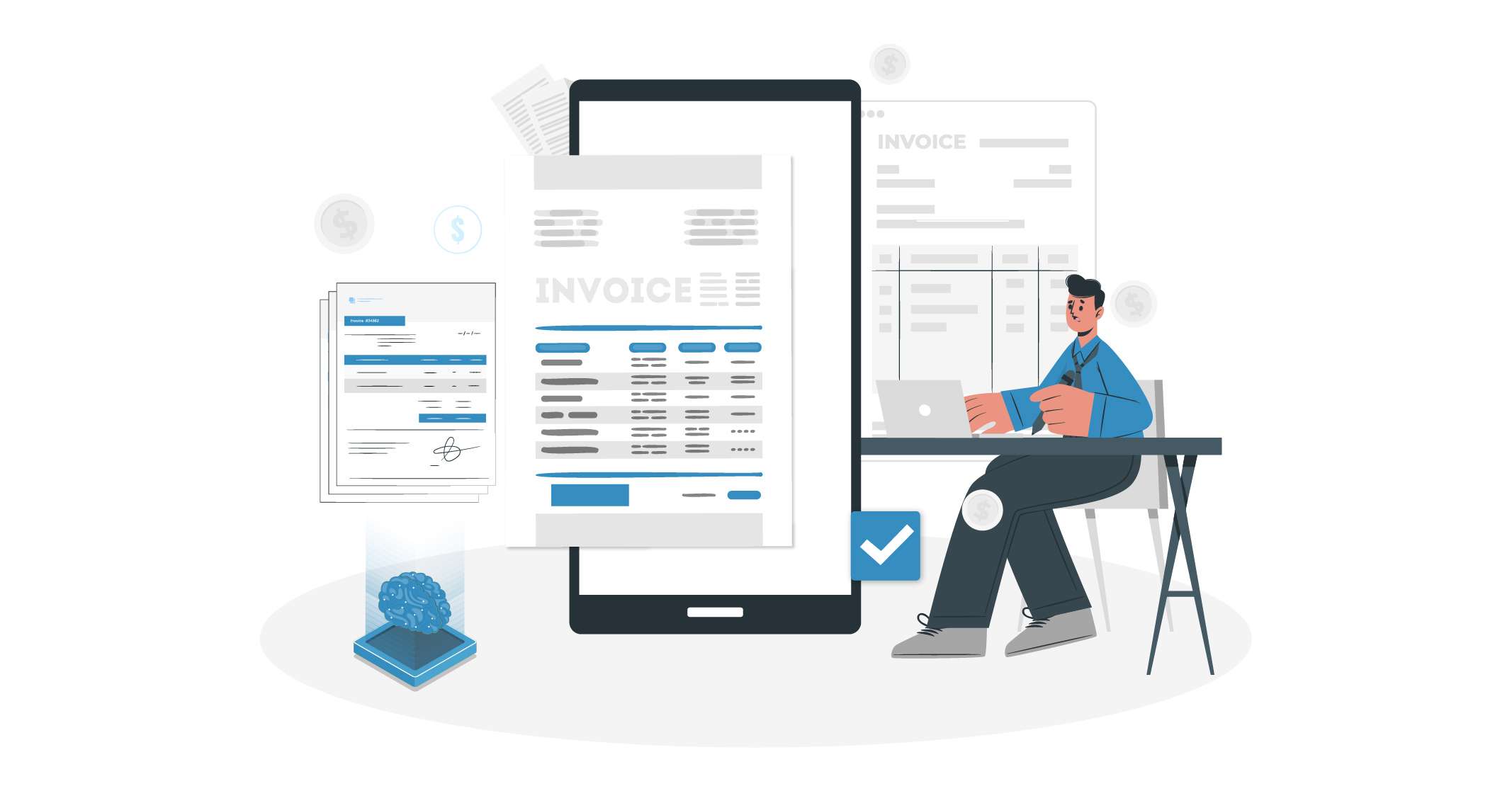Efficiently managing accounts receivable invoices is critical for maintaining a healthy cash flow. These invoices are more than just documents—they represent the money your business is owed for goods or services you’ve already provided. But if they’re not handled properly, you can end up facing delayed payments or even bad debt, which can hurt your bottom line.
In this guide, we’ll walk you through what accounts receivable invoices are, how the process works, and why it’s so important to manage them well.
What are an Accounts Receivable Invoice?
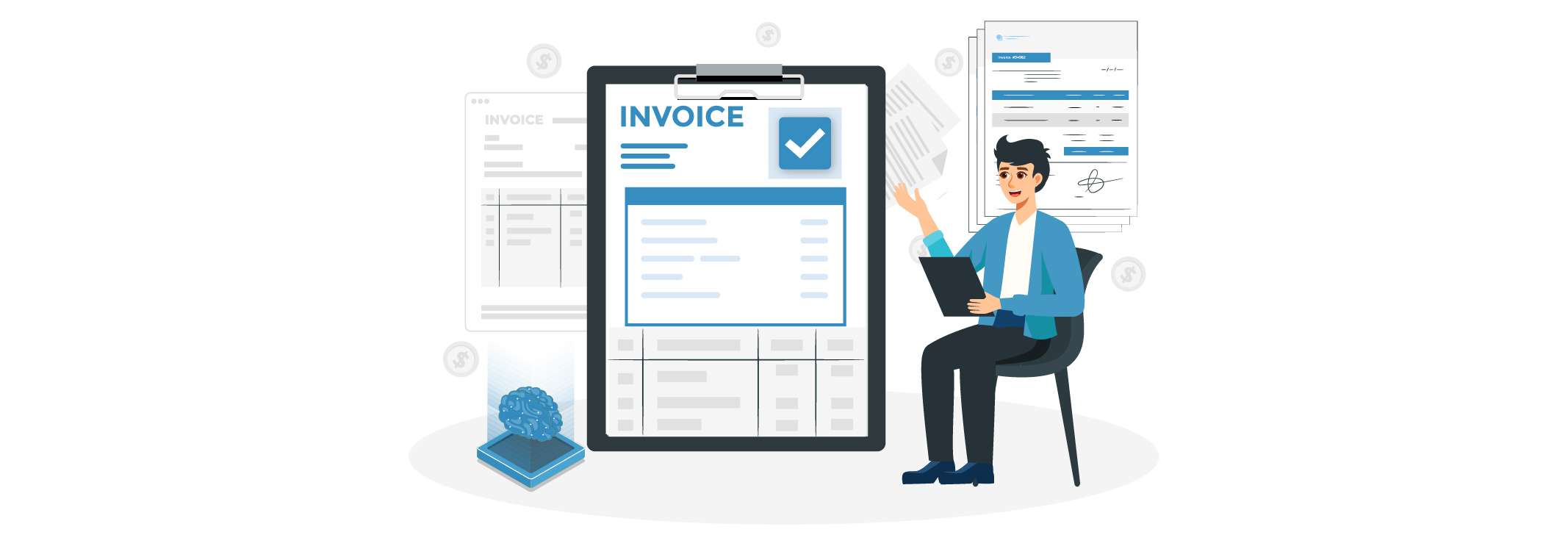
An accounts receivable invoice is a document your business sends to a customer after providing a product or service on credit. It details the amount owed, the payment terms, and the due date. This invoice is a crucial part of your business’s accounts receivable, which represents the total amount of money customers owe you.
For example, if you provide consulting services and allow the client to pay within 30 days, that unpaid amount becomes part of your accounts receivable until the invoice is settled.
How the Accounts Receivable Invoice Process Works
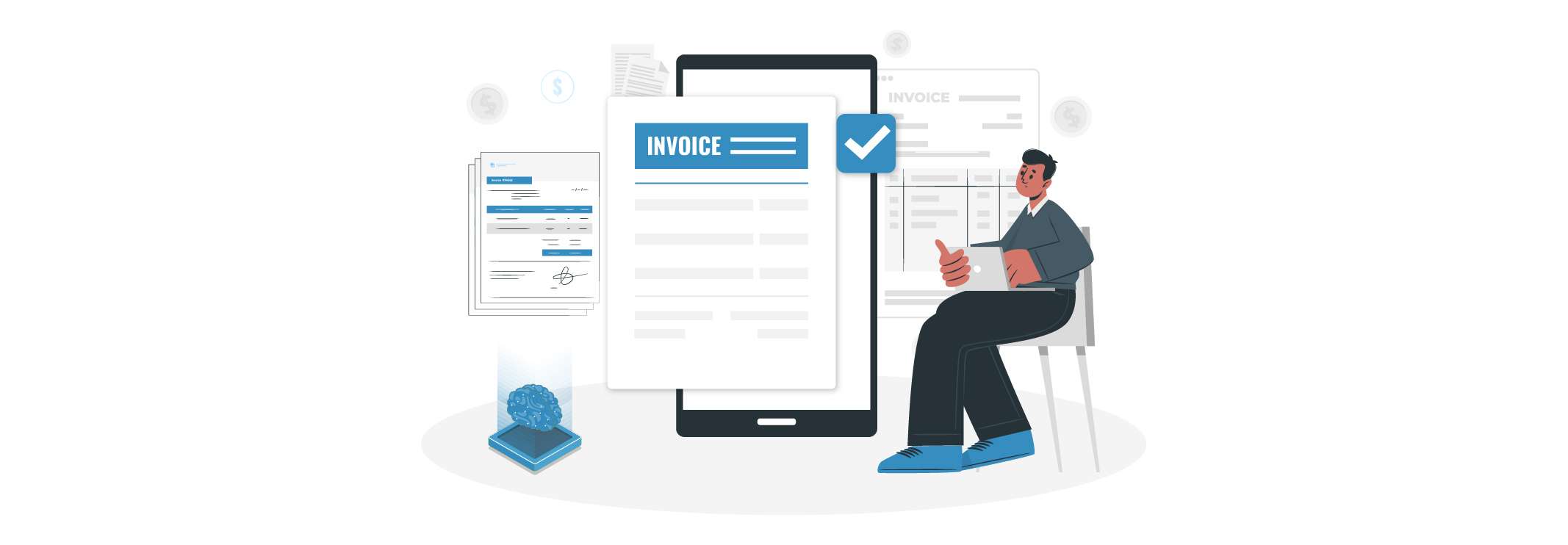
The process of managing accounts receivable invoices can be broken down into a few simple steps:
- Invoice Creation: After delivering a product or service, an invoice is generated. This invoice includes details such as the amount due, payment terms, and the due date.
- Sending the Invoice: Invoices are sent to customers either electronically or through traditional mail. Clear communication of the payment terms (e.g., Net 30, meaning payment is due in 30 days) ensures the customer knows when to pay.
- Tracking and Monitoring Payments: After sending the invoice, it’s essential to track whether the payment is received on time. Many businesses use software to monitor the status of invoices and automatically send reminders if payments are overdue.
- Receiving Payment: When the customer makes the payment, the invoice is marked as “paid,” and the accounts receivable balance is updated accordingly.
- Follow-Up and Resolution: In cases where payments are delayed or disputes arise, following up with the customer helps ensure the issue is resolved quickly. Effective follow-up can minimize the risk of bad debt.
Why Managing Accounts Receivable Invoices is Crucial
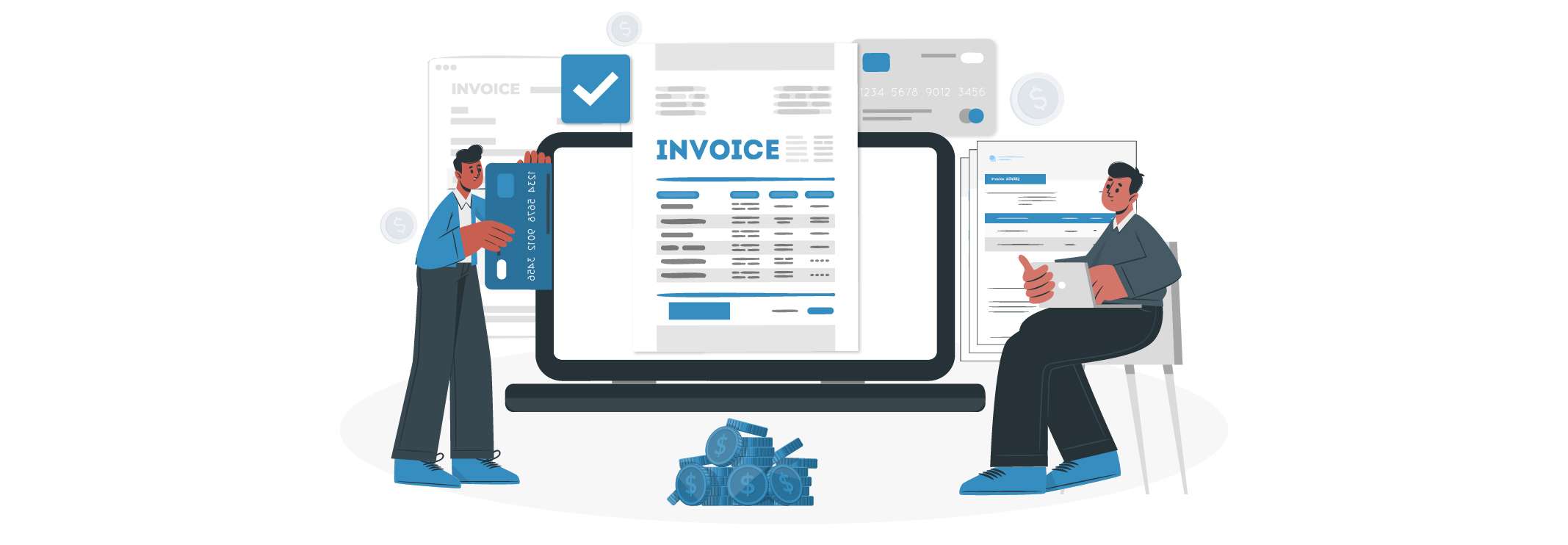
Efficient management of accounts receivable invoices is key to your business’s financial health. Here’s why it matters:
1. Keeps Cash Flow Healthy
Timely payments help maintain a smooth cash flow, essential for covering operational costs and reinvesting in your business. Managing accounts receivable invoices ensures payments aren’t delayed, giving you the liquidity you need to grow.
2. Reduces Bad Debt
When invoices are left unpaid for too long, they may turn into bad debt—money that may never be collected. By staying on top of unpaid invoices, you can reduce the chances of having to write off bad debt.
3. Builds Stronger Customer Relationships
Clear and timely invoicing builds trust with your customers. It shows professionalism and ensures there’s no confusion about payment expectations, helping to maintain good customer relationships.
4. Improves Financial Planning
Tracking unpaid invoices allows your business to forecast revenue more accurately. This improves your financial planning and helps you make informed decisions about budgeting, growth, and investments.
5. Saves Time with Automation
Manual invoicing can be time-consuming and prone to errors. Automating the invoicing process saves time, reduces mistakes, and helps businesses get paid faster.
What to Look for in Accounts Receivable Management Software
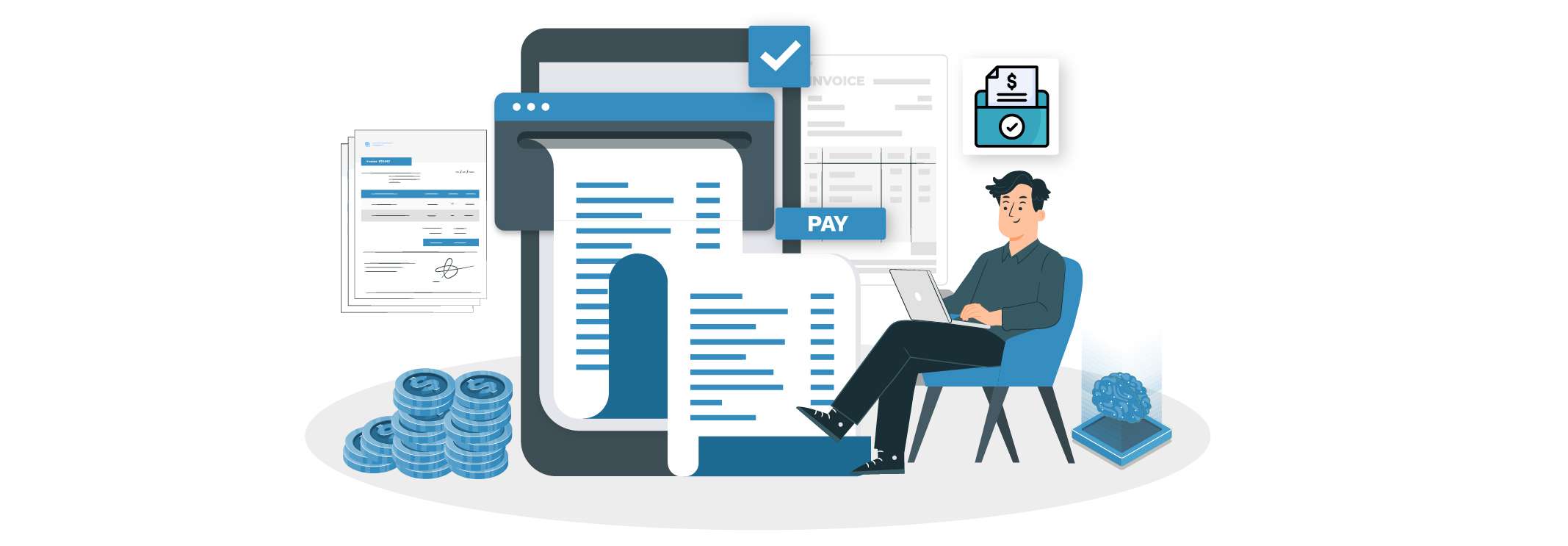
Managing accounts receivable invoices can be streamlined with the right software. Here’s what you should look for in a system:
- Automated Invoicing: Automatically generate and send invoices as soon as the product or service is delivered.
- Payment Tracking: Real-time tracking shows which invoices are outstanding, helping you stay on top of payments.
- Custom Payment Terms: Set different payment terms for various customers and easily track all deadlines.
- Automated Reminders: Automated reminders help ensure customers don’t miss their payment deadlines.
- Detailed Reporting: Get insights into outstanding balances, payment patterns, and the overall health of your accounts receivable.
Conclusion: Why Accounts Receivable Invoices Matter for Your Business
Efficiently managing accounts receivable invoices is crucial for maintaining a healthy cash flow and ensuring your business continues to operate smoothly. When your invoicing process is streamlined—whether through automation or a well-organized manual system—you can focus more on growing your business and less on chasing payments.
By implementing the right processes and tools, you’ll minimize late payments, reduce the risk of bad debt, and strengthen your financial foundation.
